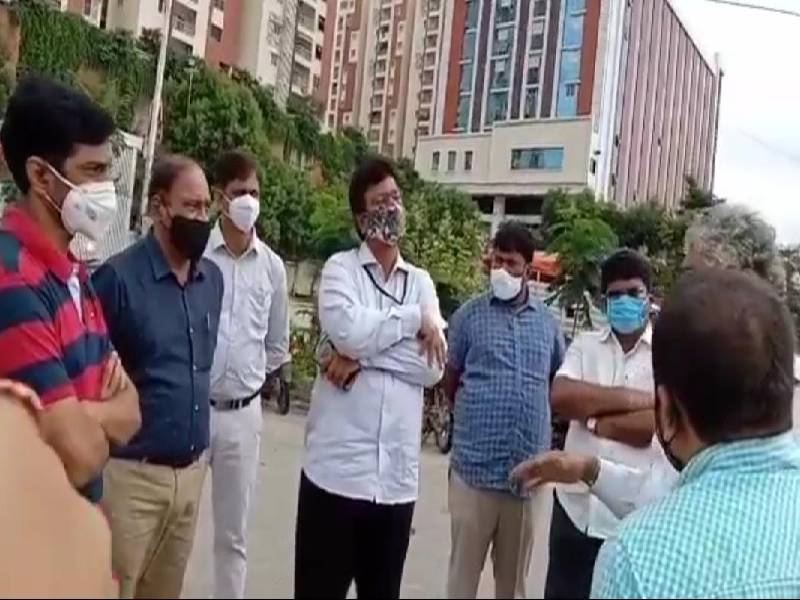Vanasthalipuram witnesses five minor tremors, Rajendra Nagar four
By Newsmeter Network
Hyderabad: Fear has gripped the residents of different areas in the city after frequent tremors were felt following heavy rains in Hyderabad for the past two weeks.
Scientists have concluded that loud sounds like tremors in Hyderabad were the result of water percolating with intense pressure.
Scientist Dr Srinagesh D at National Geophysical Research Institute (NGRI) in Hyderabad said the city has recorded twice the actual annual rainfall this year.
“Hyderabad is rocky terrain. This time the amount of rainfall was huge. There is a lot of water slippage happening inside the little fractures of these rocks which have got pores. When little pores get filled up with the plateau moisturizer, which is already present inside the rocks, the energy releases and so we feel the tremors,” said Dr Srinagesh D.
He also adds that “Loud sound like tremor occurs when water percolates with intense pressure. Also, rocks have small pores and when water enters, it expands creating stress and triggers loud sounds. The phenomenon is called hydro seismicity. Minor tremors may continue in different parts of the city. The rumbling sound depends on the rate of percolation and speed of the water. One should not look at it as a threat.”
On October 22, in Vanasthalipuram, the people felt tremors five times. Last week people in Rajendra Nagar felt tremors four to five times. “These are micro-tremors which are not effective. Only in LB Nagar, a tremor measuring 1.1 on the Richter scale was recorded. Ninety-five per cent of tremors were having a magnitude of 0.5 on the Richter scale magnitudes,” said Dr Srinagesh D.
�
The scientist asked people to protect the environment and biodiversity to avoid disaster. “We are creating an imbalance in many aspects of the environment. One has to be careful while using the land. Land use should be planned carefully and systematically,” said Dr. Srinagesh.
Data revealed that during lock down the number of mild tremors has increased. Close to 150 earthquakes, mostly micro, were recorded. Of them, 21 measured between 2.0 to 2.9 while the rest were between 0 and 2.0 on the scale.
“During the lockdown, we studied about microearthquakes in Hyderabad. No vehicular noise and other industrial activity help the instruments to record even 20 per cent of the earthquakes,” Srinagesh said.